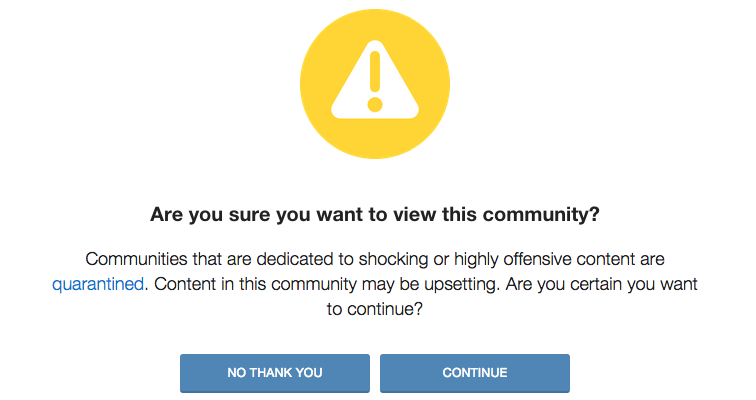Personalisation Algorithms &
Extremist Content Online
Dr Alastair Reed @reed_alastair
Joe Whittaker @CTProject_JW
Fabio Votta @favstats
Seán Looney @_Sean_Looney_
26th June 2019
Slides available here:
xrw-and-algorithms.netlify.com
What are Filter bubbles?
And what's the problem?
What are Filter bubbles?
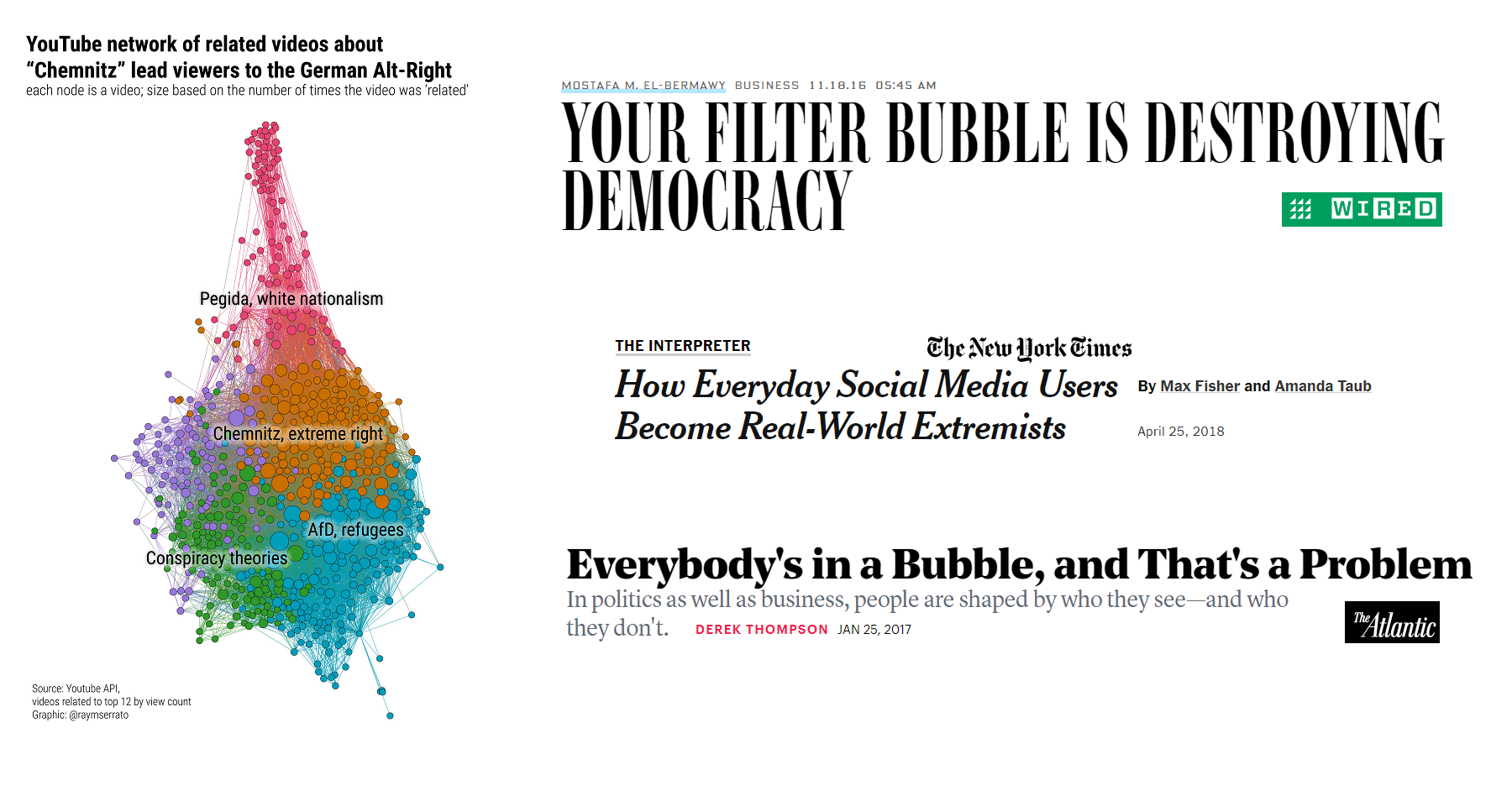
Research so far
and linking filter bubbles to extremism
Research so far
The empirical evidence of a "filter bubble" effect is less clear and decidedly less pessimistic.
Study on Facebook suggests filter bubbles are generated less by algorithms than by individual user decisions (Bakshy, Messing and Adamic, 2015).
Research analysing Google news recommendation suggests essential information is not omitted (Haim, Graefe and Brosius, 2018)
Personalised recommendations show no reduction in diversity over human editors (Möller et al., 2018).
Research on Google search results also finds factors such as time of search were more explanatory than prior behaviour and preferences (Courtois, Slechten and Coenen, 2018).
Why the discrepancy?
- "Echo chamber about echo chambers" (Guess et al. 2018)
Filter Bubbles and Extremism
There is a paucity of research studying the effects of personalisation algorithms on extremist content.
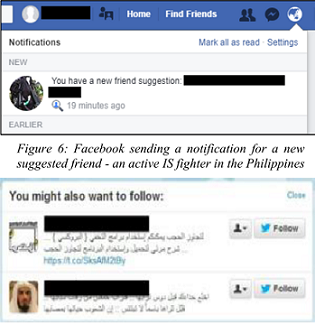
YouTube's recommended videos can propel users into an immersive bubble of right-wing extremism (O’Callaghan et al., 2015)
Twitter’s “Who to Follow” suggested violent extremist Islamist groups if the user followed al-Qaeda affiliated group (Berger, 2013)
Facebook’s “Recommended Friends” function had likely actively connected at least two Islamic State supporters in SE Asia (Waters and Postings, 2018)
The architecture of the platforms may facilitate closer interactions than would otherwise exist.
Research Question & Design
Research Question
Do algorithms promote extremist material once a user begins to interact with such content?

How to measure extremist content?
Research Question
Do algorithms promote extremist material once a user begins to interact with such content?

How to measure extremist content?
- Hand-coding content with Holbrook's Extremist Media Index
Holbrook's Extremism Media Index (2015)

Research Design & Data Collection
YouTube/Reddit Research design
- Created THREE identical accounts
- All follow same 10 XRW channels/subreddtis; 10 Neutral.1
- Each account interacts with different kinds of content
Collecting timelines two times a day for two weeks (28 sessions in total)
- 2019-01-21 and ended on 2019-02-04
Each account does nothing for a week and after Session 14 we apply different treatments:
- Neutral Interaction Account mostly interacts with neutral content
- Extreme Interaction Account mostly interacts with extreme content
- Baseline Account does nothing to establish a baseline
- On YouTube: Pull 18 Recommended Videos of each account
On Reddit: 25 threads on the “Best” personalized timeline for each account
Every piece of content gets a unique rank per session and an Extremist Media Index (EMI) Score (Holbrook, 2015)
[1] We follow the policy of Vox Pol and Berger (2018) in not identifying the names of accounts in this research, both for reasons of potentially increasing exposure and privacy.
Research Design & Methods
Expected Relationships
Frequency of extreme material increases after interacting with extreme content
Extreme content is prioritized by the algorithm when interacting with extreme material
Methods
Count data modeled with (quasi-)poisson regression
Non-Parametric t-tests to estimate ranking differences
Satisfactory interrater reliability between two individuals
- Krippendorff's alpha: 0.77 across all platforms
Results

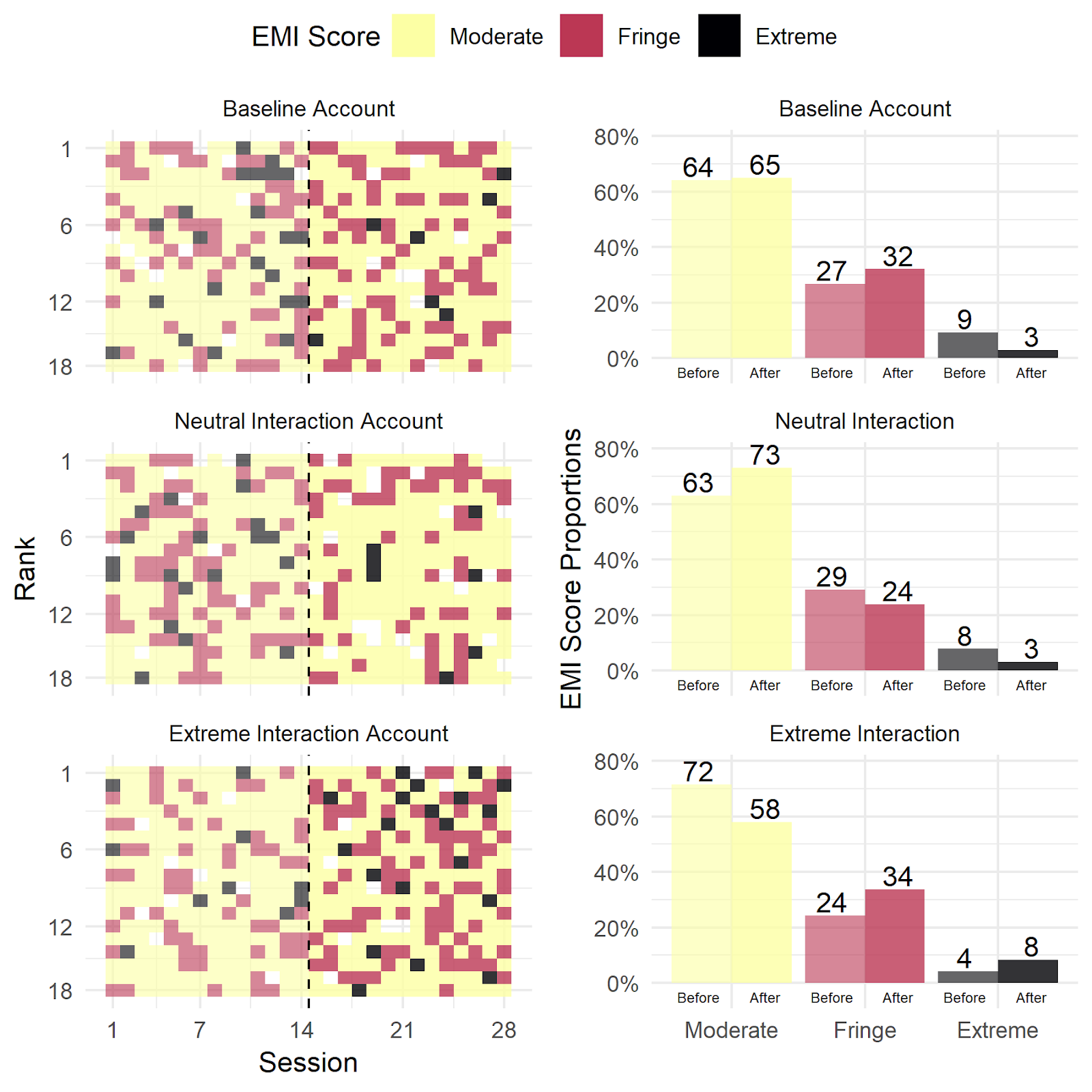
Overview of the data:
Of the 1443 videos coded on YouTube (749 unique)
- 65.77% moderate
- 28.34% fringe
- 5.89% extremist
Figure on the left shows the EMI scores for each session with a rank from one to eighteen, depending on where the video appears on the “Recommended Videos” section. Figure on the right shows the percentage distribution of the three categories of content before and after each treatment.

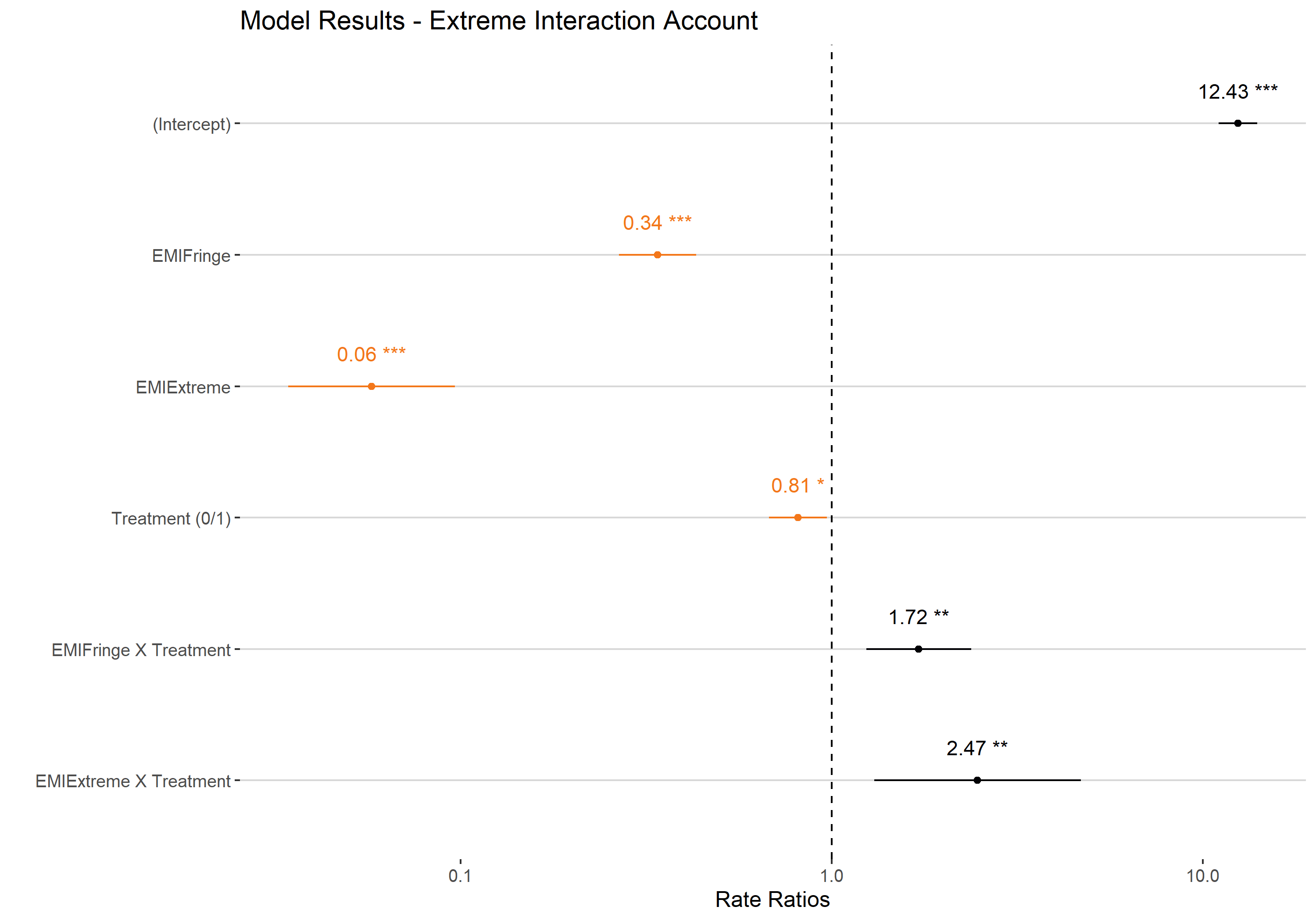
After extreme interaction treatment:
- The incident rate for fringe content is 1.72 times the incident rate for the reference group
- The incident rate for extreme content is 2.47 times the incident rate for the reference group

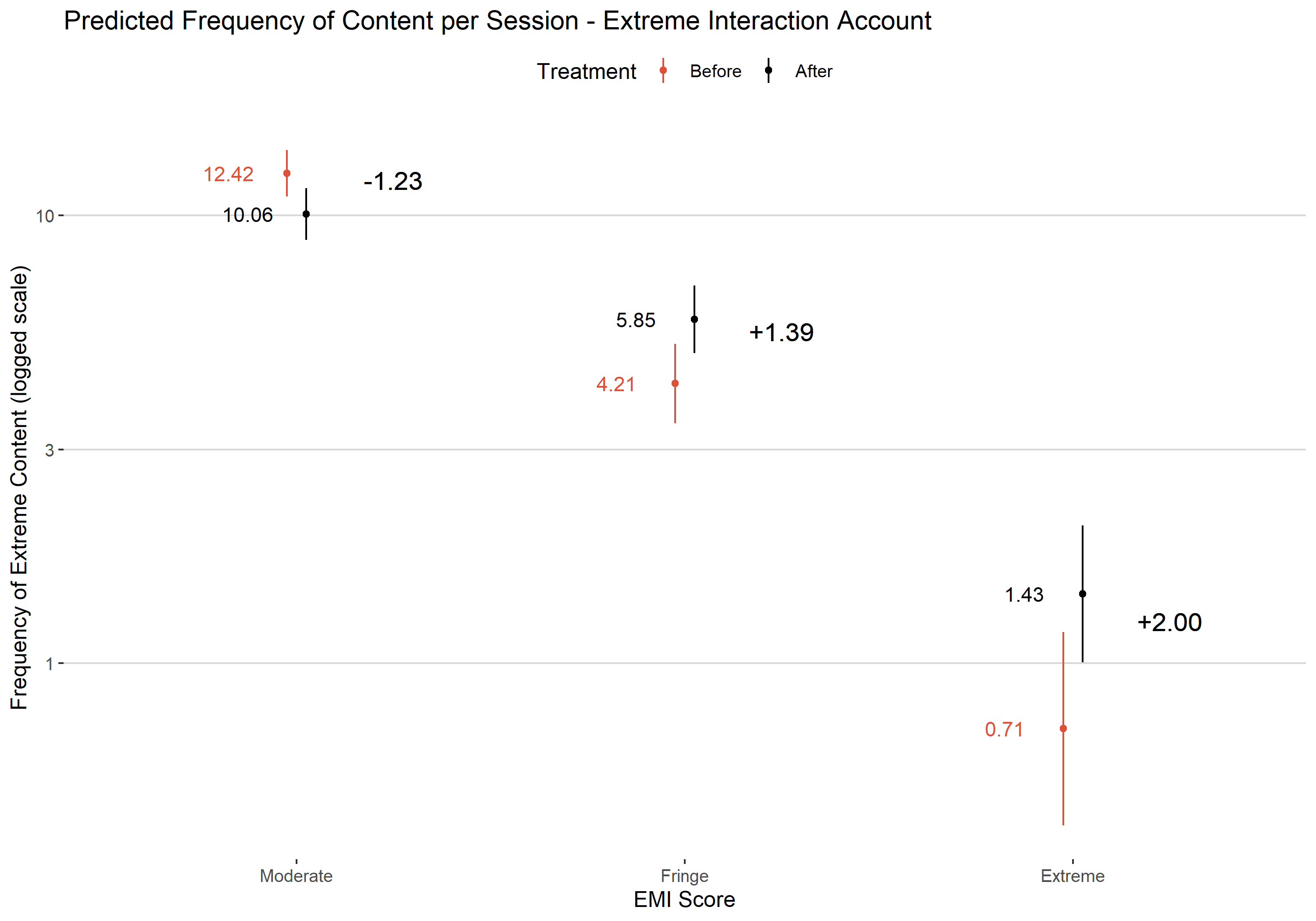
After extreme interaction treatment:
- Fringe content 1.37 (p < 0.01) times more likely than before
- Extreme content 2.00 (p < 0.01) times more likely than before

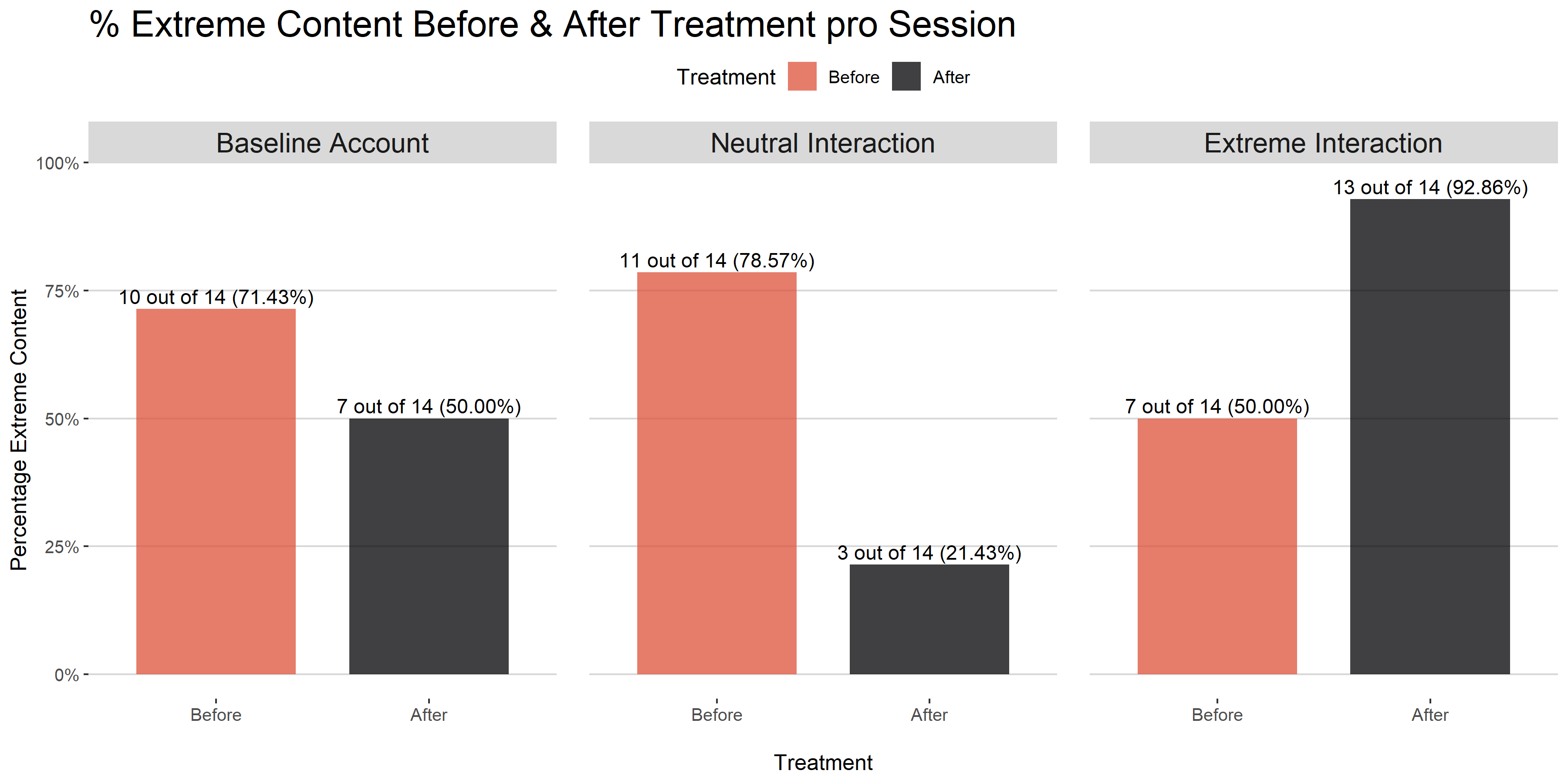
- In the neutral interaction account
- only three sessions had an extreme content piece after interaction
- In the extreme interaction account
- all but one session had an extreme content piece after interaction

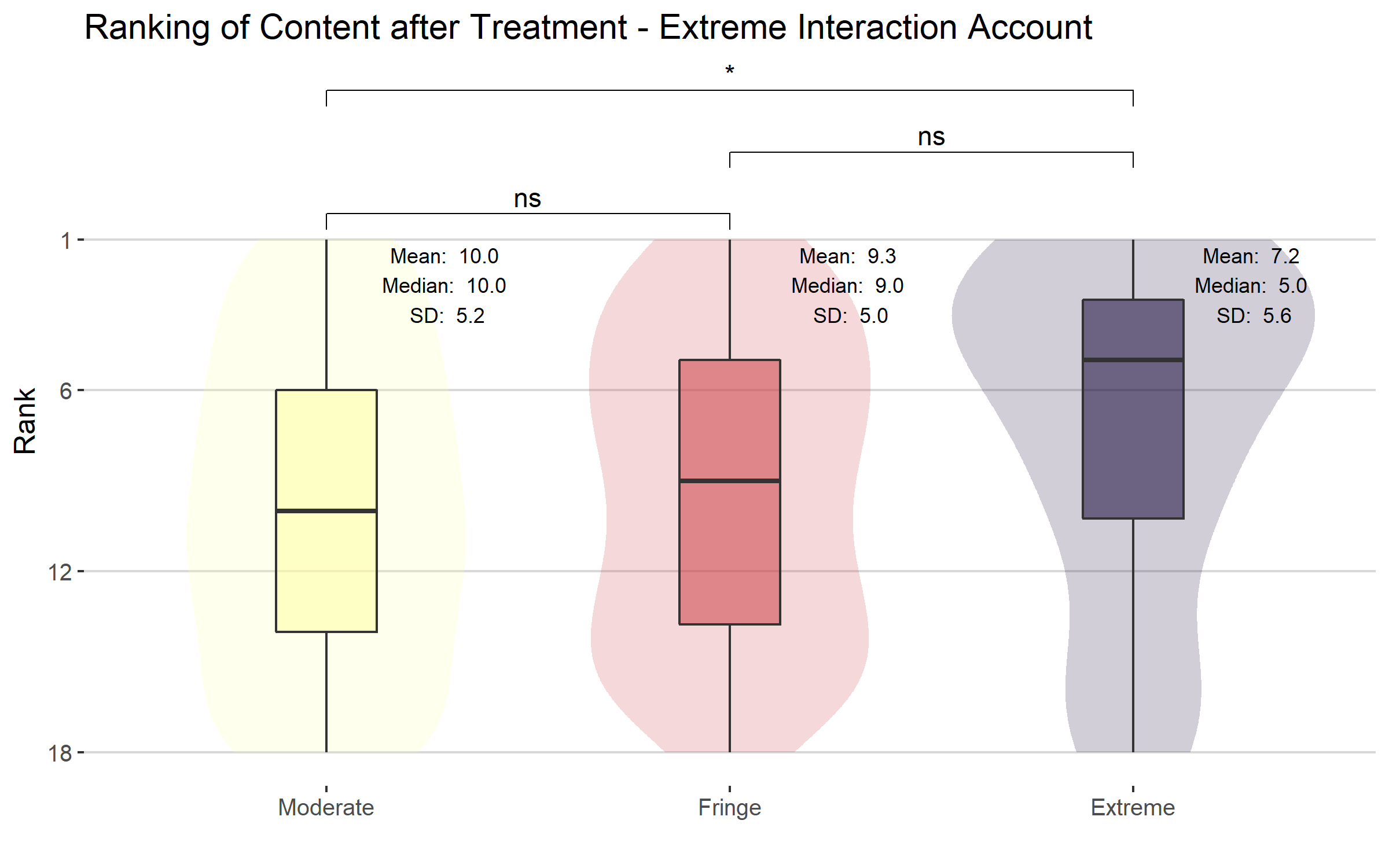
- In the extreme interaction account
- Extreme content ranked sig. higher (p = 0.028) than moderate
- Almost all extreme content shows up in the upper half (< 8) of the recommendations
(Median Rank = 5)

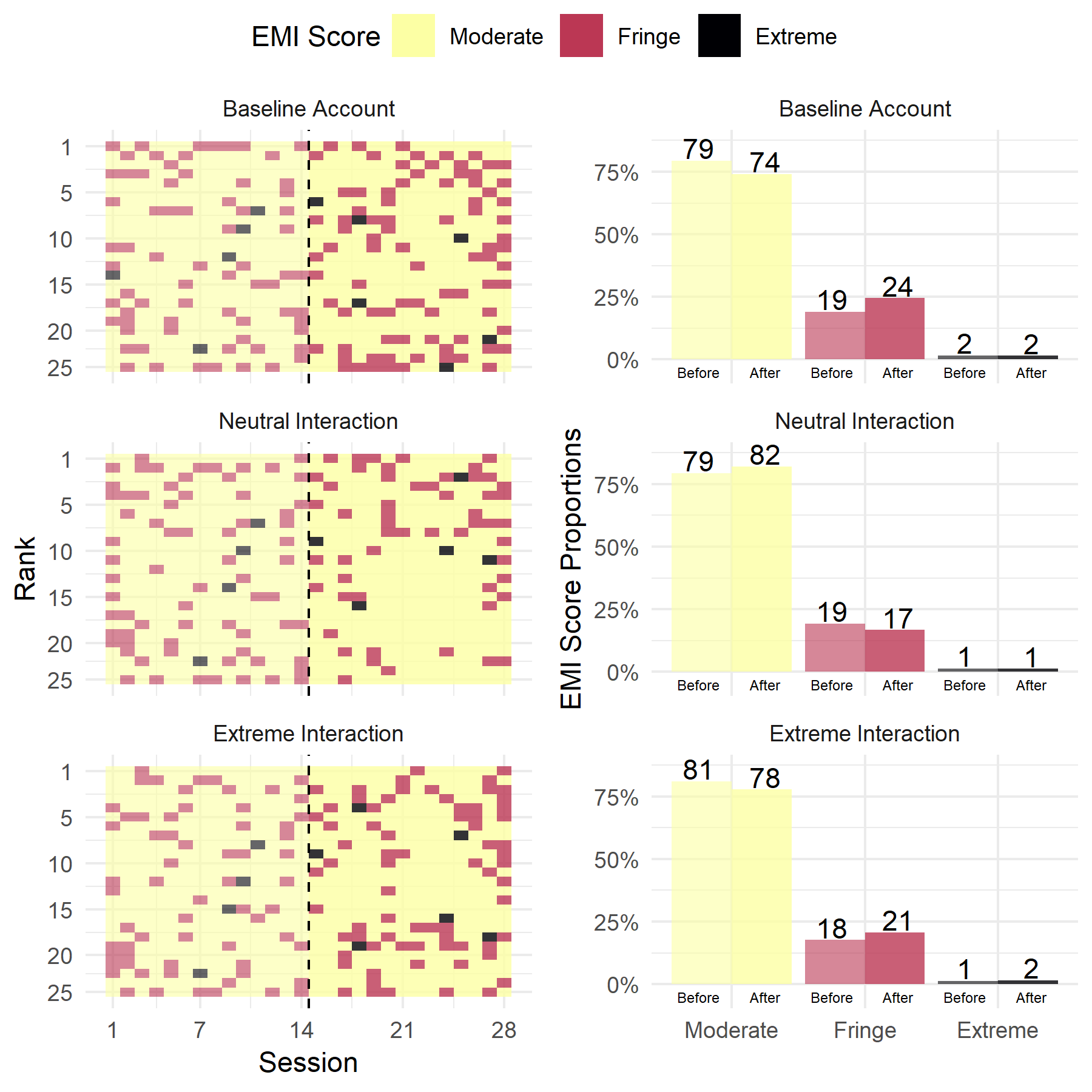
Of the 2100 posts coded on Reddit (834 unique)
- 78.76% Moderate
- 19.81% Fringe
- 1.43% Extreme
No sig. observable in-/decrease of content
No sig. difference in ranking of content

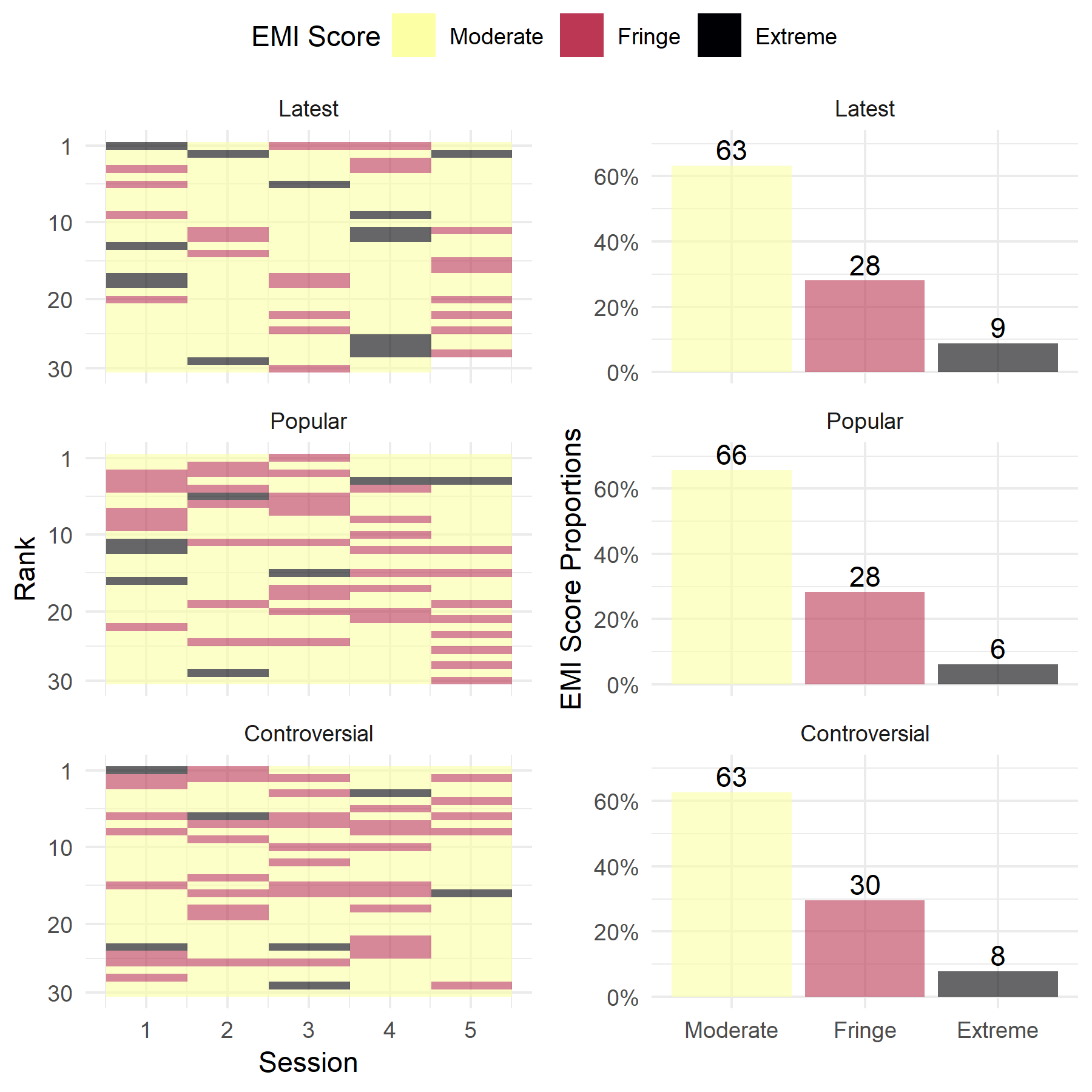
Different setup due to technical difficulties
3 Different News Feeds: “Popular”, “Controversial”, and “Latest”
3 Topics: “Politics”, “News”, “Humour”
Collected data over five sessions
1271 Rated posts (746 unique)
- 63.73% Moderate
- 28.8% Fringe
- 7.47% Extreme
No statistically sig. difference between extreme & non-extreme content in any of the timelines
Discussion
Discussion
Do algorithms promote extremist material once a user begins to interact with such content?
Only YouTube has an effect which, after engaging with extreme content, prioritises it further.
Users which engage with extreme and fringe content are more likely to be recommended more of the same.
Extreme content is pushed up the ranking of recommended videos on YouTube
Support for O’Callaghan et al. (2015)
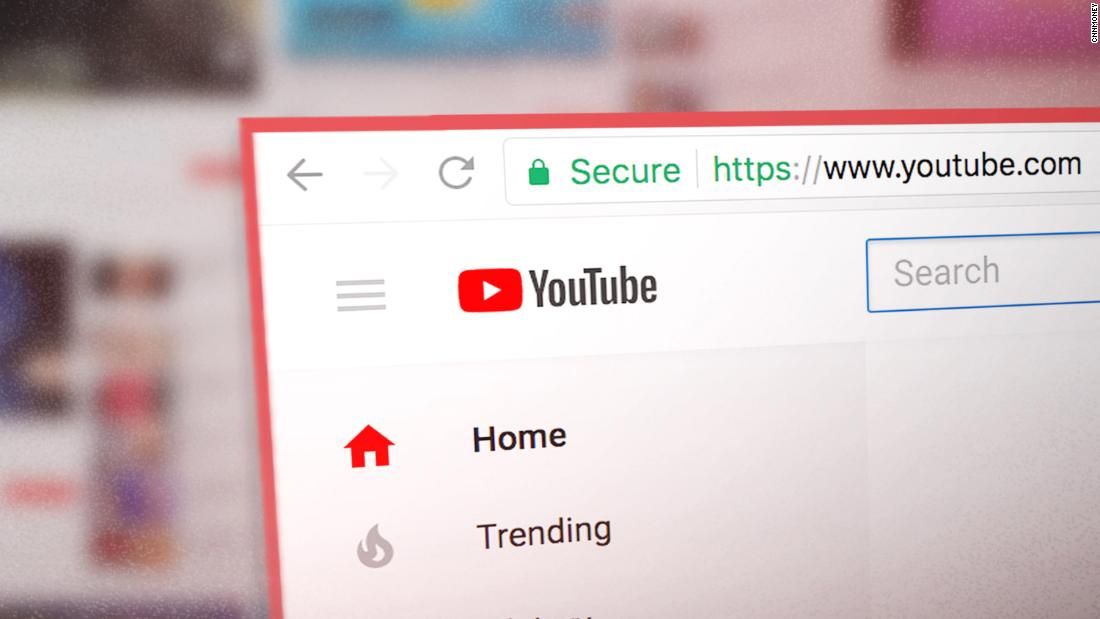
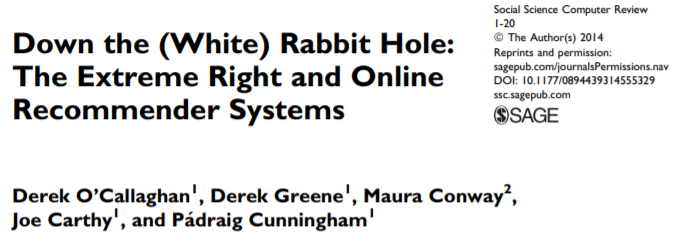
Discussion
Safe haven for right wing extremists and home to terrorists such as Pittsburgh Synagogue Shooter
Anecdotally, by far the most extreme of the platforms.
Lack of evidence of Gab’s algorithm suggests that it is the user’s choices which are responsible for this environment.

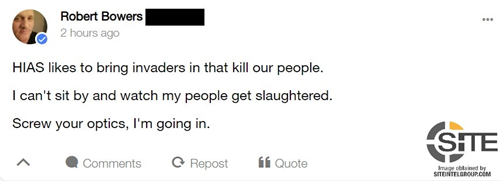
Recommendations
Recommendations
Removing Problematic Content from Recommendations
Content which does not clearly violate site rules or policies
Google’s “limited features” policy
Reddit’s “Quarantine” System
Opt in content
No monetisation or recommendation
Constructive balance between freedom of speech and harmful content.
Need for Clarity and Consistency
OILAB: Availability of YouTube videos posted in Nazi threads on 4chan/pol/ on 5 and 6 June 2019.
Recommendations
Ensuring Video Recommendations are from Quality Sources
Provide users with more context and alternative perspectives
Google introduced changes to make quality count and give more context to searches.
Provide high quality sources on the same topic
Jigsaw’s redirect method as a model.

Recommendations
Greater Transparency
Users should have a clear option to request why content has been recommended to them.
Opportunity for Explainable AI
Facebook’s “Why am I seeing this ad/post”
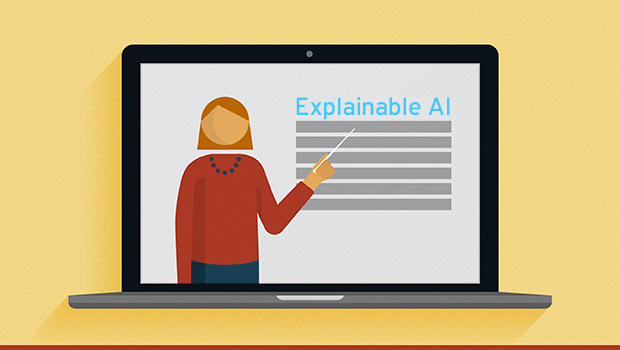
Greater Transparency
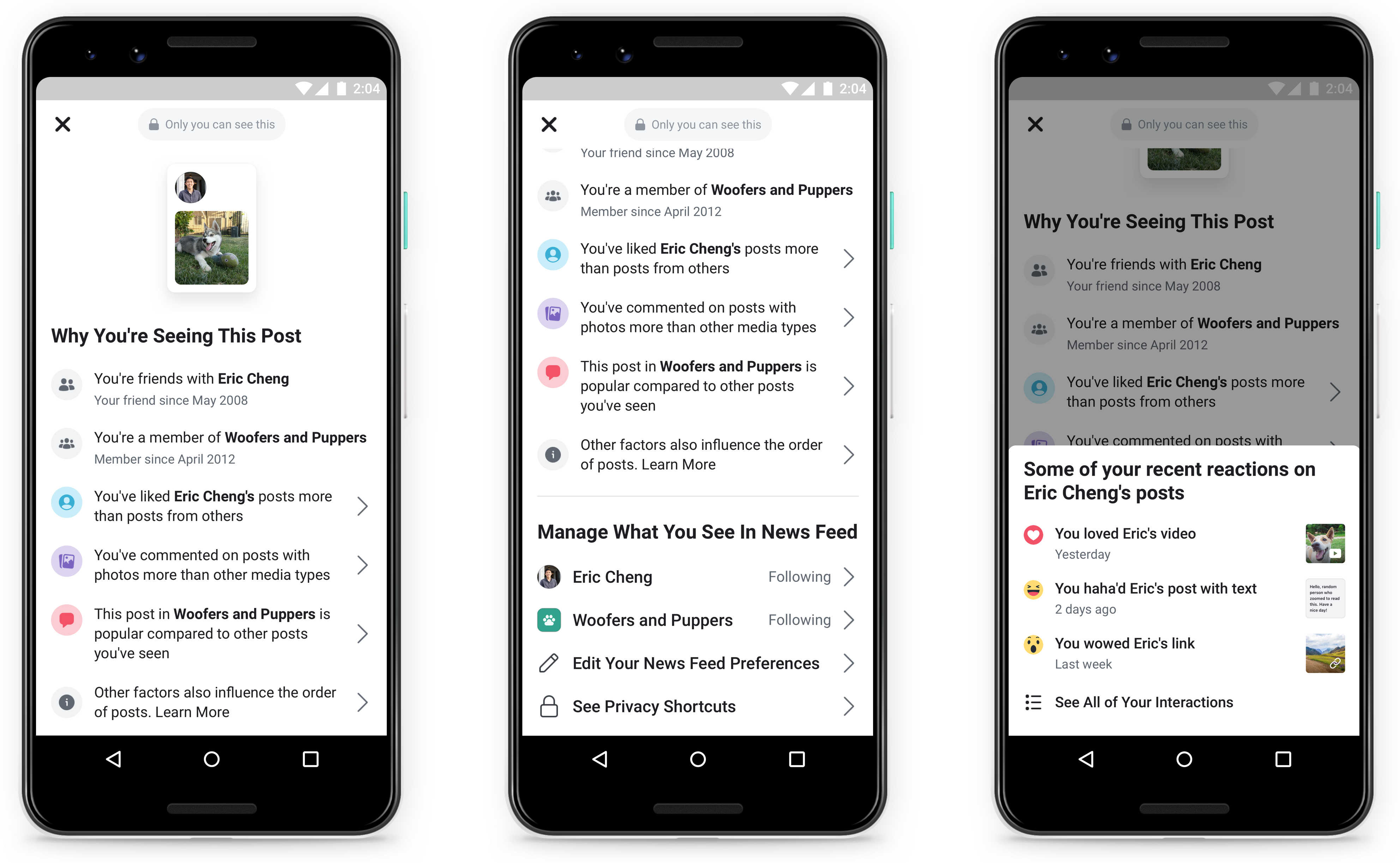
Future Research
More accounts over a longer period of time
Research Project constrained by the number and type of social media platforms that we could research.
Closed nature of the platform (Facebook)
Terms of Service Restrictions (Twitter)
Increasing knowledge gap which can only be answered through close collaboration with social media companies.

Thank you for listening!
Literature
Bakshy, E., Messing, S., & Adamic, L. A. (2015). Exposure to ideologically diverse news and opinion on Facebook. Science, 348(6239), 1130-1132.
Berger, J. M. (2013) ‘Zero Degrees of al Qaeda’, Foreign Policy, (August 14). Available at: http://foreignpolicy.com/2013/08/14/zero-degrees-of-al-qaeda/.
Courtois, C., Slechten, L., & Coenen, L. (2018). Challenging Google Search filter bubbles in social and political information: Disconforming evidence from a digital methods case study. Telematics and Informatics, 35(7), 2006-2015.
Guess, A., Lyons, B., Nyhan, B., & Reifler, J. (2018). Avoiding the echo chamber about echo chambers: Why selective exposure to like-minded political news is less prevalent than you think. Document of the Knight Foundation. Retrieved from: https://www.researchgate.net/publication/330144926_Avoiding_the_echo_chamber_about_echo_chambers_Why_selective_exposure_to_like-minded_political_news_is_less_prevalent_than_you_think
Haim, M., Graefe, A., & Brosius, H. B. (2018). Burst of the filter bubble? Effects of personalization on the diversity of Google News. Digital Journalism, 6(3), 330-343.
Literature
Holbrook, D. (2015). Designing and Applying an ‘Extremist Media Index’. Perspectives On Terrorism, 9(5). Retrieved from http://www.terrorismanalysts.com/pt/index.php/pot/article/view/461
Möller, J., Trilling, D., Helberger, N., & van Es, B. (2018). Do not blame it on the algorithm: an empirical assessment of multiple recommender systems and their impact on content diversity. Information, Communication & Society, 21(7), 959-977.
O’Callaghan, Derek, et al. "Down the (white) rabbit hole: The extreme right and online recommender systems." Social Science Computer Review 33.4 (2015): 459-478.
Vīķe-Freiberga, V., Däubler-Gmelin, H., Hammersley, B., Pessoa Maduro, L.M.P. (2013). A free and pluralistic media to sustain European democracy. Retrieved from http://ec.europa.eu/digital-agenda/sites/digital-agenda/files/HLG%20Final%20Report.pdf
Waters, G. and Postings, R. (2018) Spiders of the Caliphate: Mapping the Islamic State’s Global Support Network on Facebook, Counter-Extremism Project.
Appendix
What are Personalisation Algorithms?
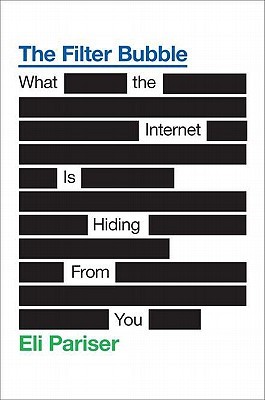
Pariser 2011
Algorithms are responsible for content that users see in their feeds
Eli Pariser suggests that they can create a “filter bubble” effect or “autopropaganda”
by controlling what users do and do not see it can – and is in fact, designed to – dramatically amplify confirmation bias
The pre-filtering of content leads to bubbles in which people never view or read about opposing viewpoints
Creates seperated spaces that make communication between opposing viewpoints harder: undermines democracy itself
What are Personalisation Algorithms?
The EU Group on Media Freedom and Pluralism notes that:
Increasing filtering mechanisms makes it more likely for people to only get news on subjects they are interested in, and with the perspective they identify with. It will also tend to create more insulated communities as isolated subsets within the overall public sphere. [...] Such developments undoubtedly have a potentially negative impact on democracy.
Vīķe-Freiberga, Däubler-Gmelin, Hammersley, & Pessoa Maduro, 2013, p. 27
Filter bubbles are considered a concern at the highest level.
How to measure extremist content?
Multiple pathways:
Sentiment analysis can be used to identify extremist authors (Scrivens et al., 2018)
Topic models to identify (far-right) extremist content (O’Callaghan et al., 2015)
Hand-coding content for example with Holbrook's Extremist Media Index (Holbrook, 2015)
Manually labelled data can also be used as training dataset for machine learning models

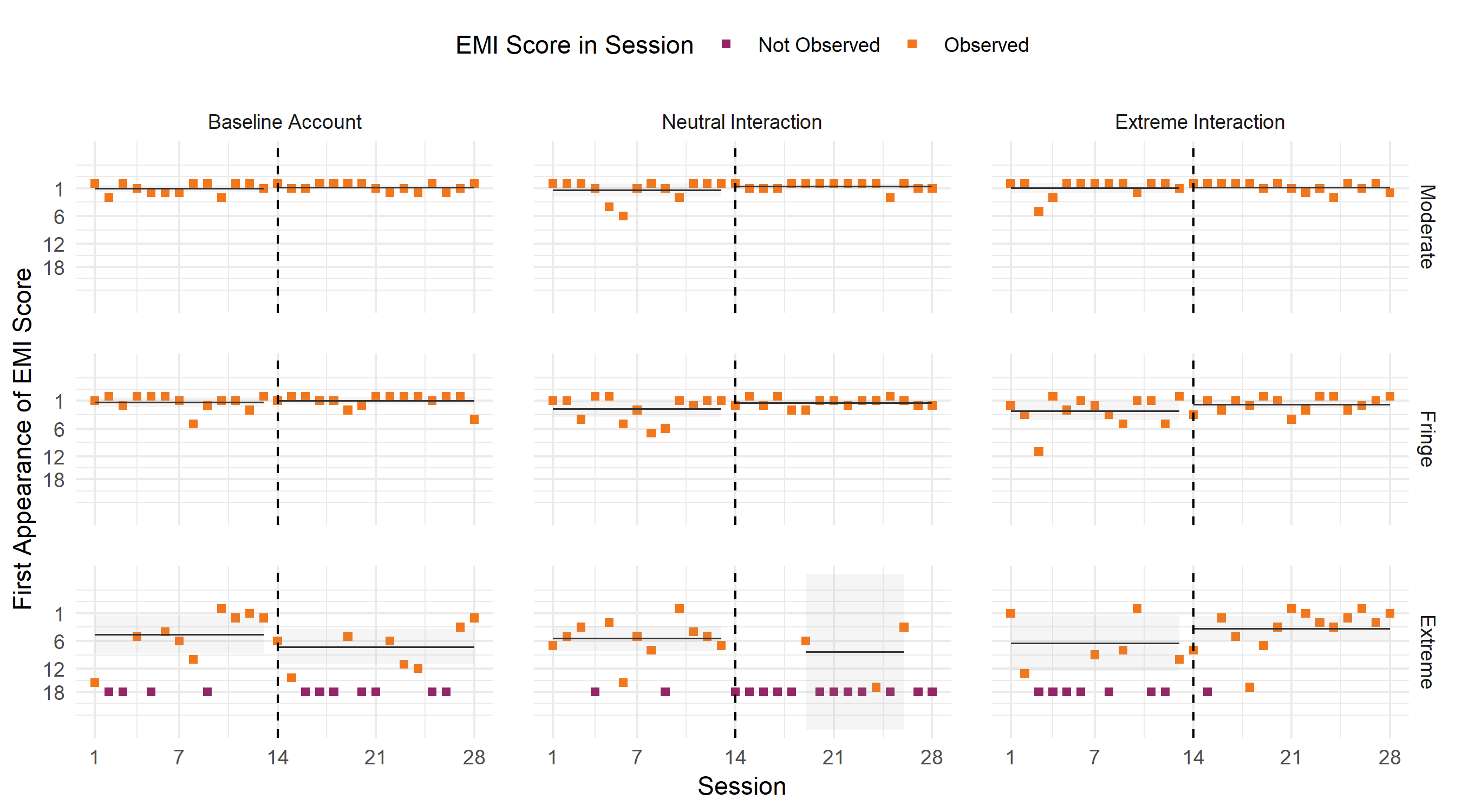
Figure shows the first appearance of a piece of content (Moderate, Fringe or Extreme) for each session.

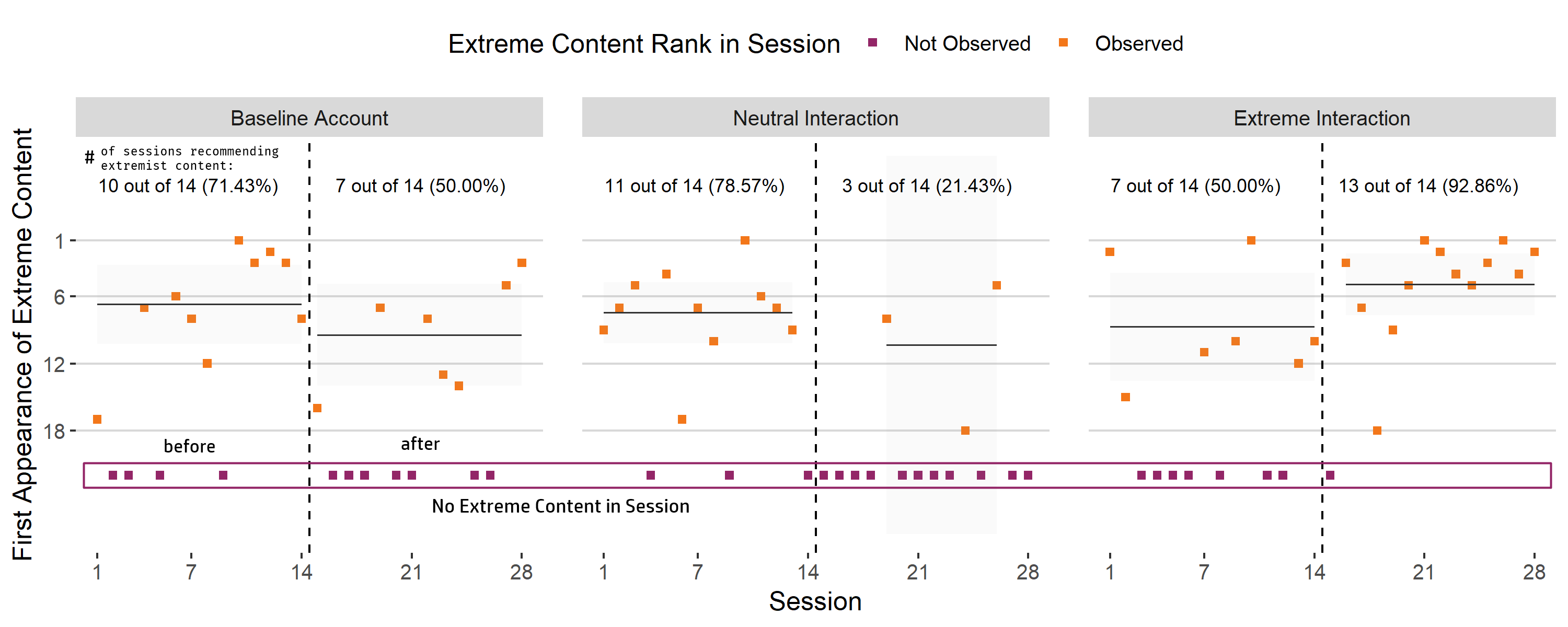
Figure shows the first appearance of an extreme content piece for each session.
- In the neutral interaction account
- only three sessions had an extreme content piece after interaction
In the extreme interaction account
- all but one session had an extreme content piece after interaction
- Almost all content shows up in the upper half (< 8) of the recommendation list
(Median Rank = 5)

Poisson Regression Results:
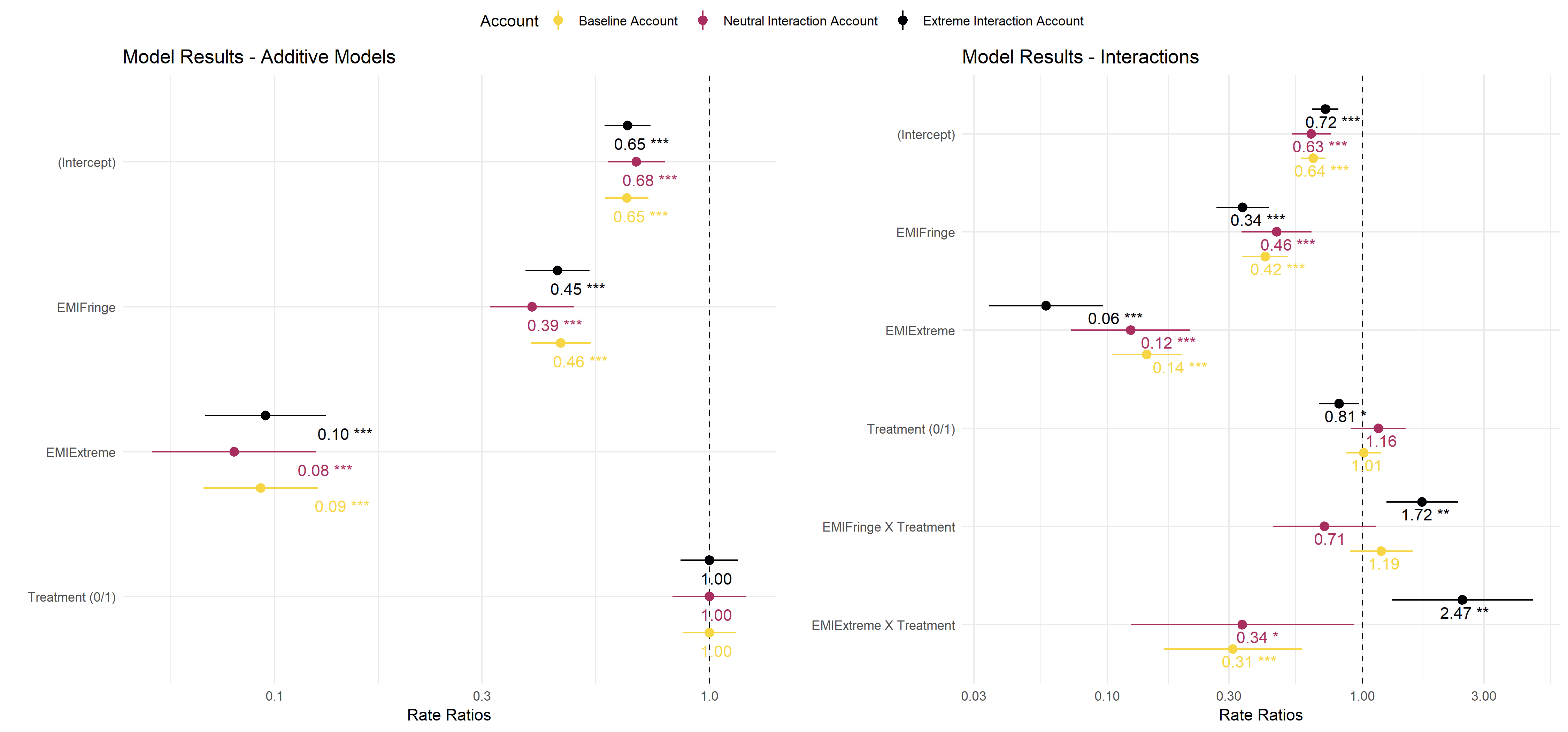
Reddit Personalisation

